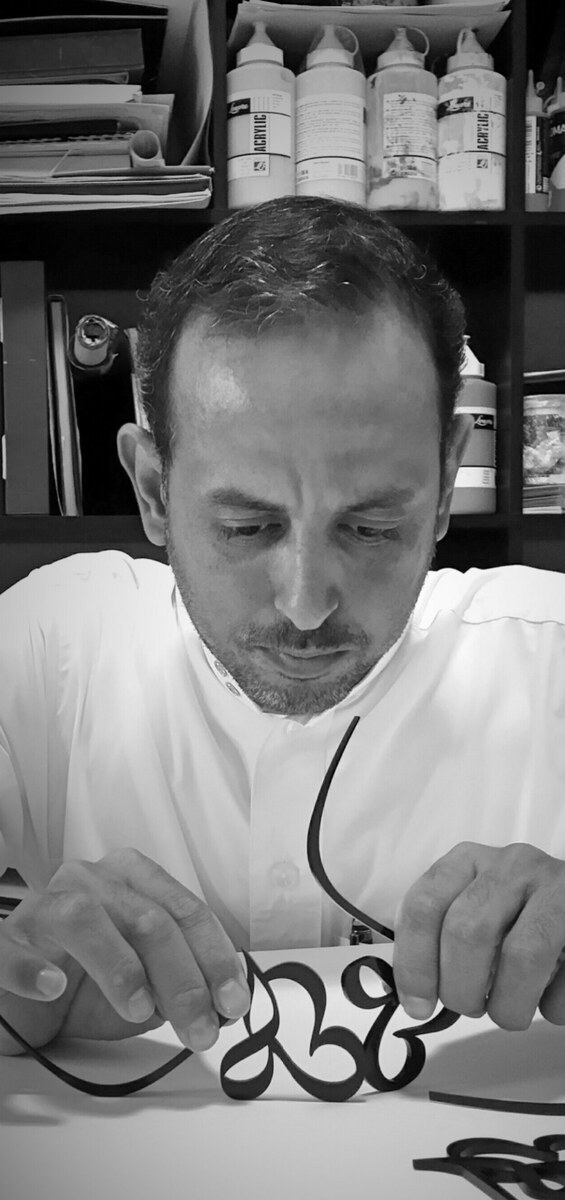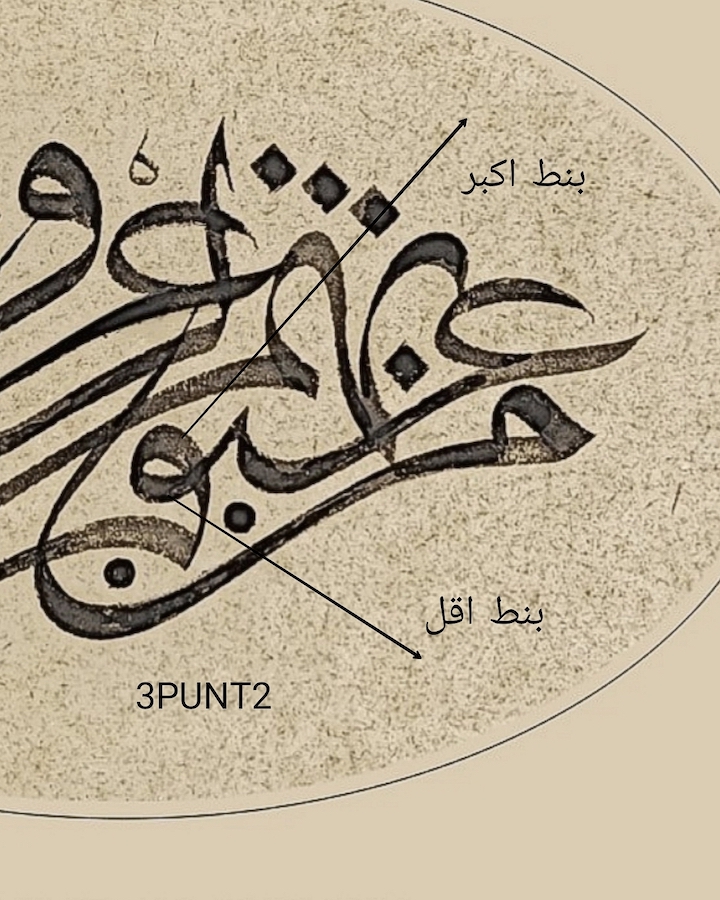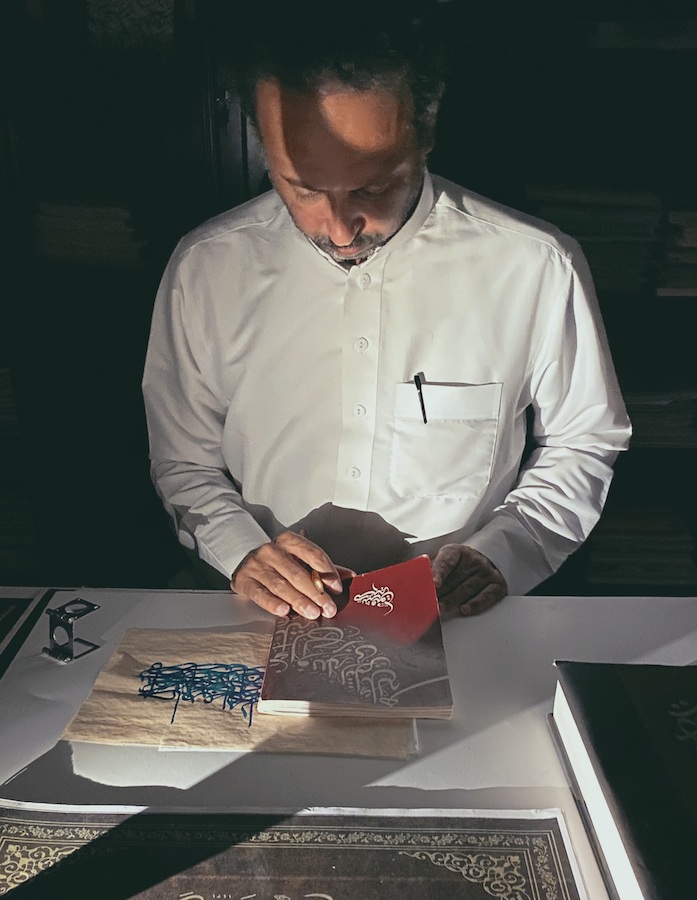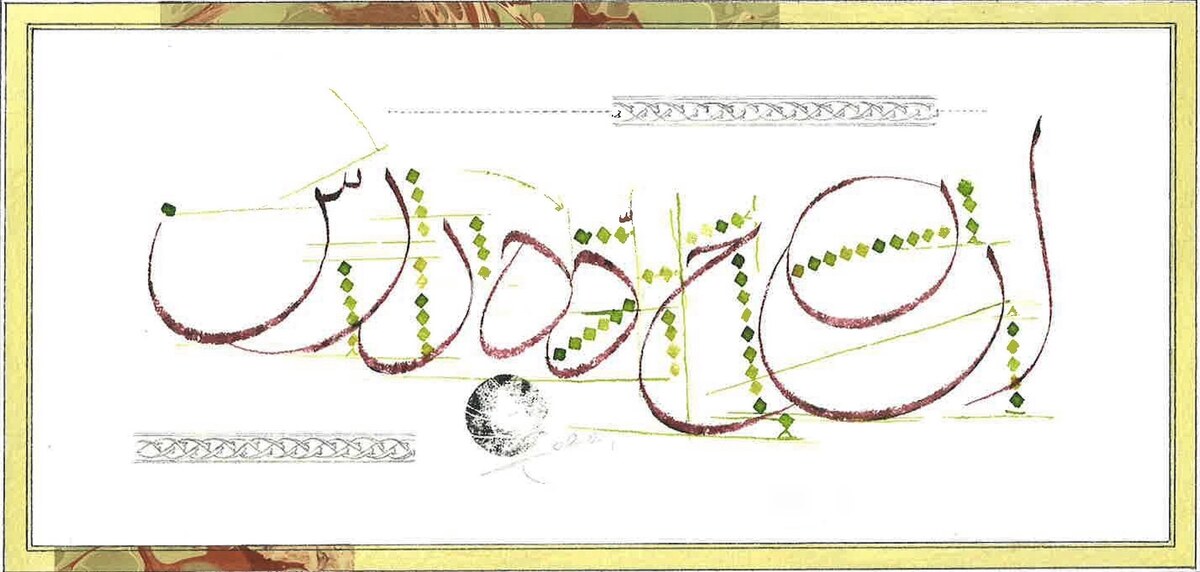ABU DHABI: There’s a scene in Wael Koudaih and Randa Mirza’s audio-visual collaboration “Love & Revenge” that takes its lead from Giuseppe Tornatore’s “Cinema Paradiso.” A series of censored kisses stitched together to music, it epitomizes much of what the show tries to achieve. A sense of tenderness.
“It talks to human emotions,” says Mirza of “Love & Revenge.” “It talks to people in a way that is away from political agendas. The Arab world is rich in culture, in meaning, in love. There’s happiness and human relationships. All of this is completely ignored when the Arab world is only seen through the prism of fundamentalism and politics.” 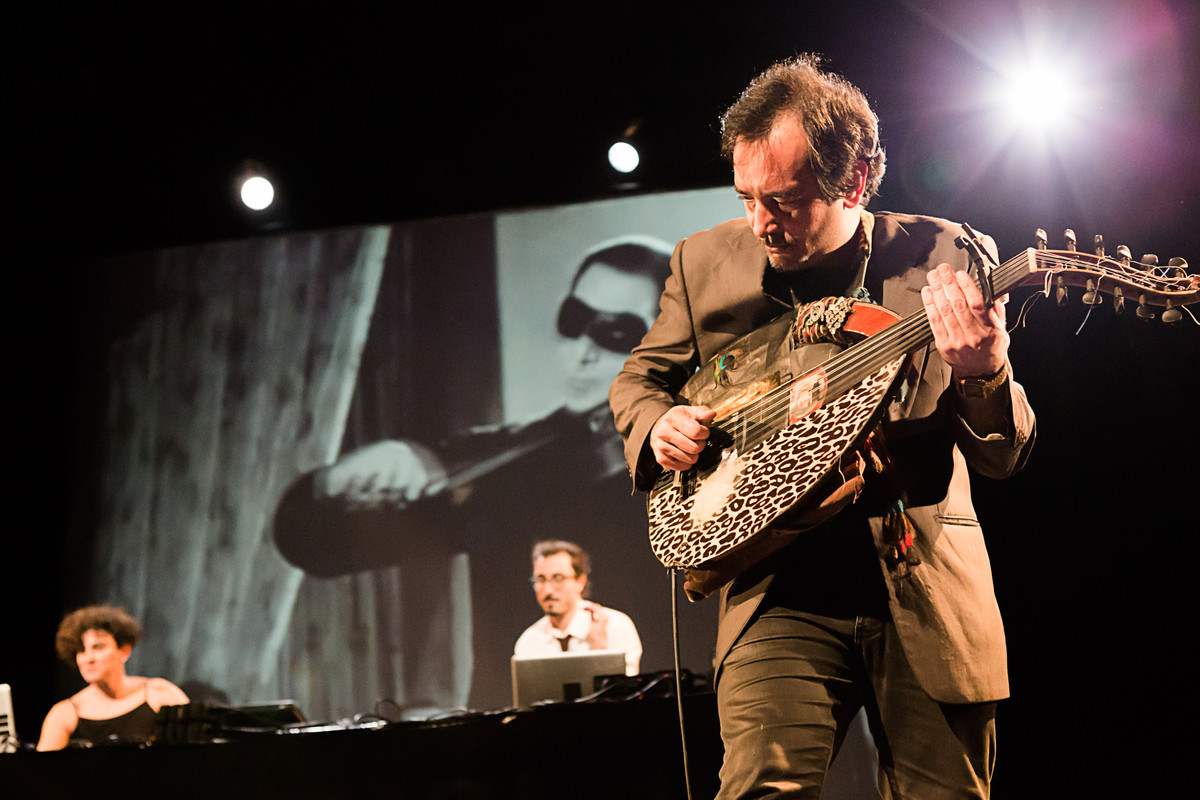
An emotive and powerful ode to a long-lost golden age, Love & Revenge has been touring Europe and the Middle East for the past few years. Now it is set to make its New York University Abu Dhabi debut on Sept. 12-13, following two successful performances at the Louvre Abu Dhabi in May.
A fusion of electro pop music and cinema from the Arab world, it is the first collaboration between Koudaih, a former Arabic hip-hop trailblazer, and Mirza, a Lebanese visual artist. Both live between Lebanon and France.
Driven by a keen sense of nostalgia, Koudaih’s modifications of classic Arabic songs accompany Mirza’s edited film sequences. There’s Samia Gamal and Leila Mourad, Sabah and Taheyya Kariokka. “All are set,” says Koudaih, “to the patterns and aesthetics of today’s music.”
In one sequence, for example, selected scenes have been taken from Hussein Kamal’s 1969 film “Abi foq Al-Shagara,” starring Egyptian actors Abdel Halim Hafez and Nadia Lutfi. As their love affair unfolds on screen, Koudaih’s remix of Mohamed Abdel Wahab’s “Ya Msafer Wahdak,” sung by Nagat Al-Saghira, is used to accentuate the emotions of Mirza’s edited scenes.
“The whole idea was to try and find a concept for each song,” says Mirza, who watched more than 100 films as part of her research. “To try to understand what the music is conveying, what it is saying, and find ways for the visuals to enhance it or to let it flow.
“When I watched the films I was waiting for a particular scene. A particular shot. And if I found an interesting scene I would start cutting the scenes that I liked, constructing my own sequence database. From this I would choose stuff in order to create meaning and to create a story that would run with the music.
“It was a playful process. I would run a song continuously and start using my database to see how the meaning would change with the music. What emotions could I feel? When did it work? When did it click?”
As well as Mirza and Koudaih, the live performances include Mehdi Haddab, an Algerian electronic oud player, and Julien Perraudeau, a French musician who has created his own set-up out of a collection of small keyboards.
“The archive is crazy,” says Koudaih, who is better known by his stage name Rayess Bek. “When you dig inside these movies — inside these songs — it’s unbelievable. You can see and hear the society, but you can also understand the taboos, the limits of that society, and the complexity of the people. And we wanted to focus — not only, but mainly — on the image of the Arab woman in cinema, because it’s an important topic that’s still relevant today.”
“The representation of women in these movies is very intriguing,” adds Mirza, who first met Koudaih at university in Beirut. “At first sight you have the reaction that the Arab world was freer in the 20th century – more than it is today – and what was possible in the media is not possible anymore. But if you look closer at this representation you understand that it has always been an objectifying representation. You have a lot of women in bikinis, you have a lot of women being seductive on screen, wearing very light clothes and showing their female charms in front of the camera. But the reality in these movies is that all the dancers are considered bad women. 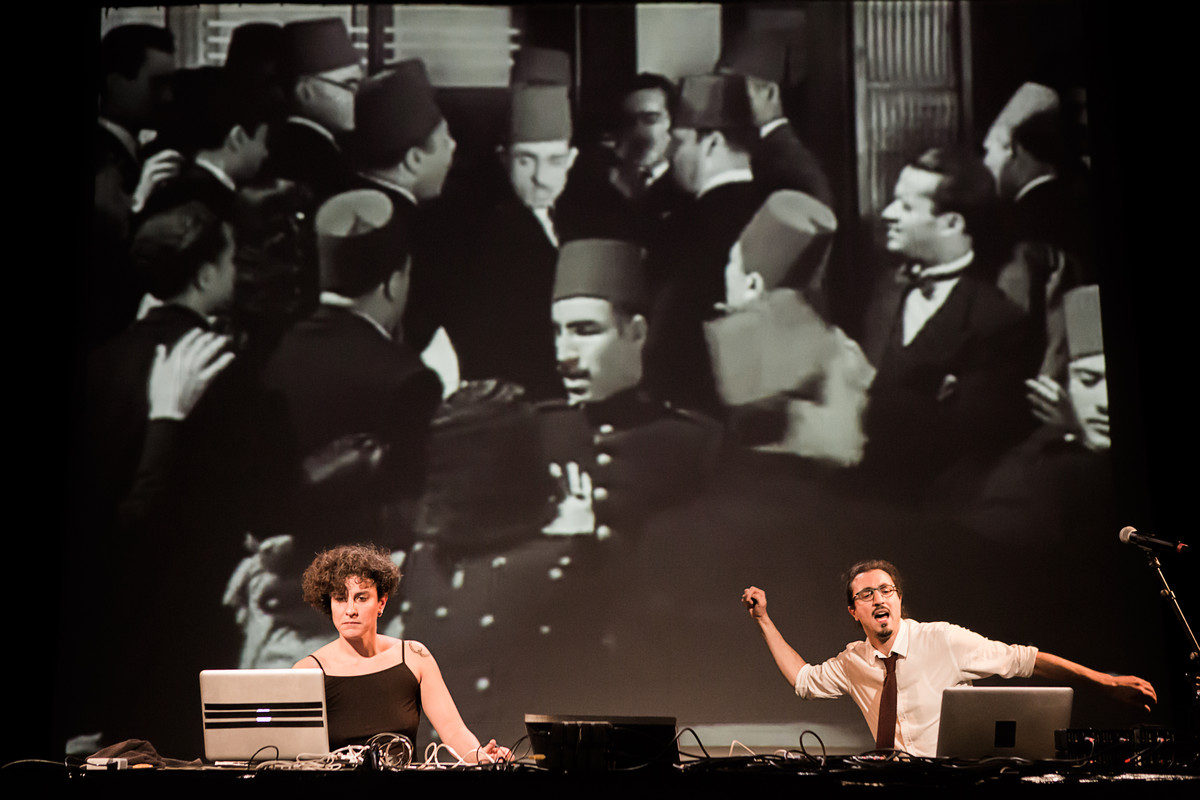
“At the end of the movies the woman who cheats on her husband, drinks, dances or sings, dies. There is not a single film in which a woman is empowered. Even the films that tried to be a bit feminist had a very limited view of feminism. A woman could choose the husband she wanted, but of course the goal of a woman should always be marriage; to be always protected by a man. And this is problematic. Very problematic, because we’re still there somehow. Women are not complete individuals, free to be whoever they want and to have as equal a role in society as men.”
The title of the project takes its name from Youssef Wahbi’s 1944 film “Gharam wa Intiqam” (love and revenge), which is famous as the last movie to star the Syrian Druze princess Asmahan.
Blessed with a powerful voice and an exceptional vocal range, Asmahan’s formidable character, glamor and onscreen persona helped turn her into a cultural icon. It also ensured she was shadowed by controversy, dying in mysterious circumstances before the film was finished.
The film’s ending was subsequently changed to mirror Asmahan’s passing, with art mirroring life. It is Koudaih’s mid-tempo, beat heavy reinterpretation of Asmahan’s “Emta Hataraf” that is arguably the project’s standout track.
“You know, there is one thing that has really fascinated me with this project,” says Koudaih. “At the end of our shows we always ask the crowd to come on stage and dance. In London and in Abu Dhabi we had veiled women who came up on stage and were dancing like crazy.”
Maybe this is a big part of its success. The fact that it provides a happy, upbeat and danceable view of the Arab world.
“We played in Tunis and the people were crazy,” says Koudaih. “We were sold out. It’s not because we are stars. We’re not. I think it’s because this area of the Arab world is missing. This golden age, this freedom, this music. People miss this.”

















